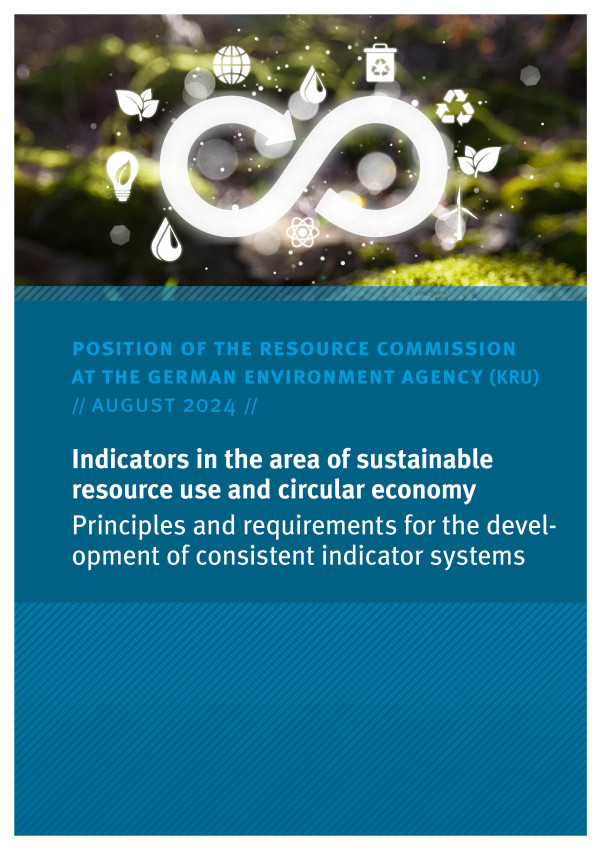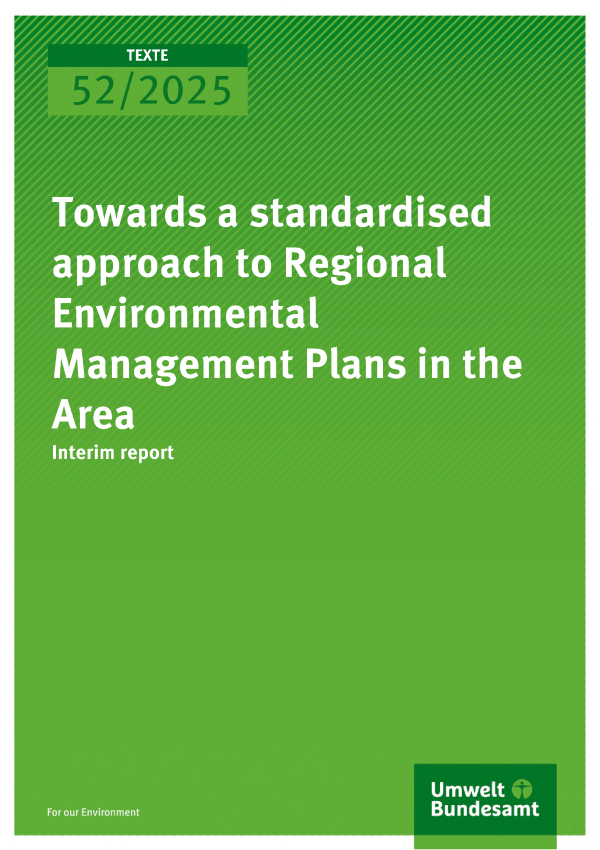Heat pumps also work in existing buildings

Mr and Mrs Krüger heat efficiently and in a climate-friendly way with their heat pump.
Source: co2online |
An air heat pump for a small terraced house? Ground collectors for an apartment block? A heat pump to support the heating system in a homeowners' community? There are still many questions when it comes to heat pumps. There is a great deal of uncertainty, especially for existing buildings: Is it really possible? And is it worth it? Since May 2024, the steadily growing number of good examples on the UBA portal “So geht’s mit Wärmepumpen!“ (“This is how it works with heat pumps!”) has shown that it can be done and how it can be done.
Examples of listed buildings, terraced houses and optimisation
A listed half-timbered house built in 1932 in one of the coldest regions of Germany saves 2,000 Euros a year on heating costs after installing a heat pump – without any facade insulation. A small terraced house without a garden or cellar is fitted with an air-to-water heat pump on the roof: “The heat pump can't be heard from outside and is usually very quiet inside the house. We sleep just one metre away from the indoor unit, and only occasionally does a low-frequency noise occur, which is still to be optimised through fine-tuning by the manufacturer,” writes the owner of the building.
Sometimes the new heating system doesn't work as expected at first. The Mücke family realised that the system was inefficient and provided poor level of comfort in terms of hot water. However, a retrofit solved the problem; efficiency was significantly improved, resulting in heating cost savings of 30 to 40 percent.
Examples also for apartment blocks and non-residential buildings
On “This is how it works with heat pumps!” there are also projects in non-residential buildings and apartment blocks. As the required flow temperatures and heating loads were not easy to determine due to the age of the building (built in 1890) and of the heating system, a homeowners' community from Konstanz decided in favour of a heat pump, which is supported by the existing gas heating in a hybrid system.
In the projects in the portal, homeowners or those involved in planning, energy consulting or architecture report first-hand on their experiences. Many have also provided an email address as a contact option.
Be a role model and share your heat pump experience!
Do you have a heat pump yourself in Germany? Then you are already a role model. Share your experience with others and show your project in the heat pump portal (in German)! Do you know other households with heat pumps in Germany? Then please forward this e-mail!
Support from the project team
ifeu, co2online and Ingenieurbüro Heckmann are supporting the UBA as part of a research project with the design, development, maintenance and external communication of the “So geht’s mit Wärmepumpen!” portal. The project team can be contacted by e-mail at: UBA-WP-Datenbank@co2online.de .



























